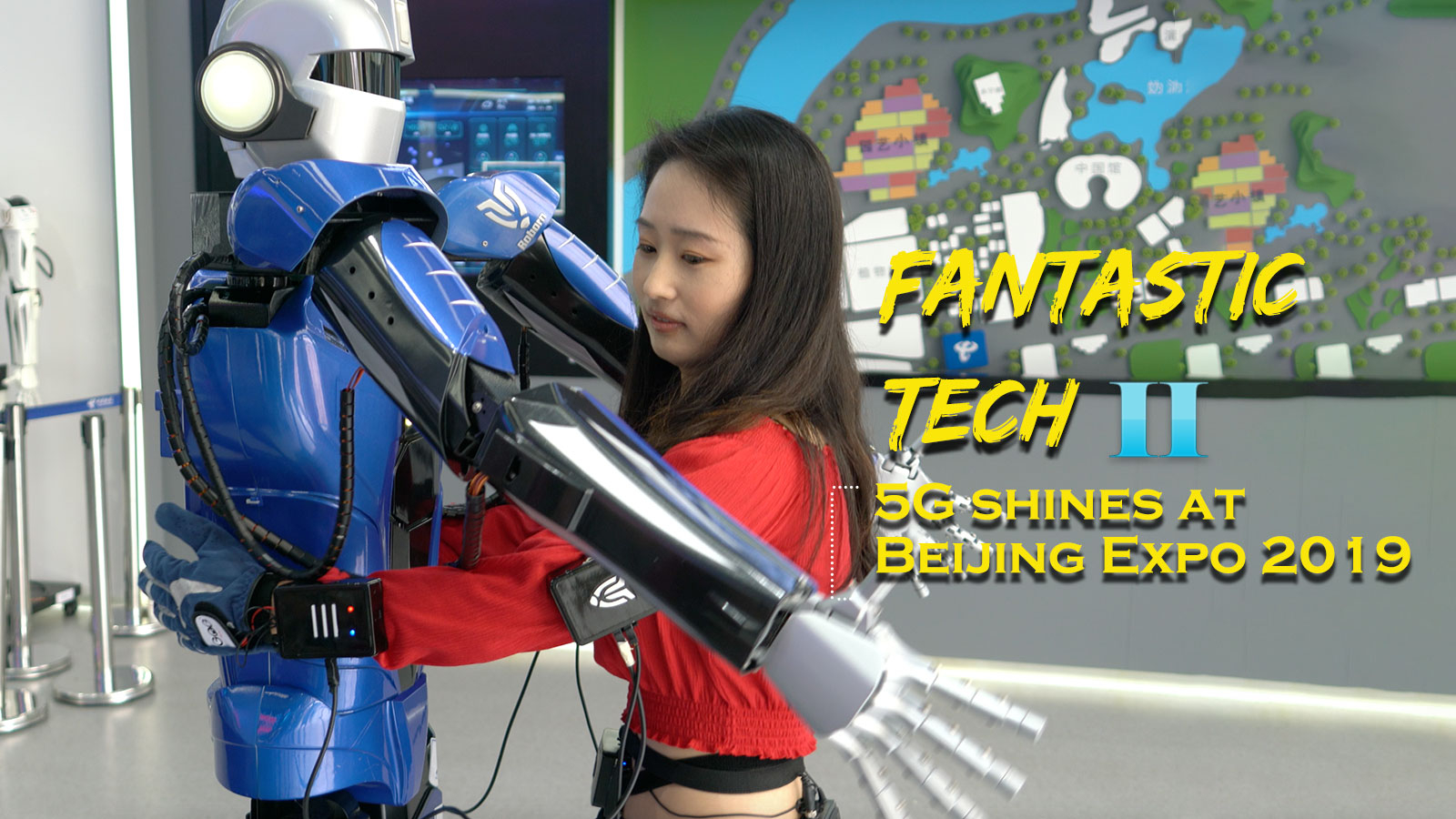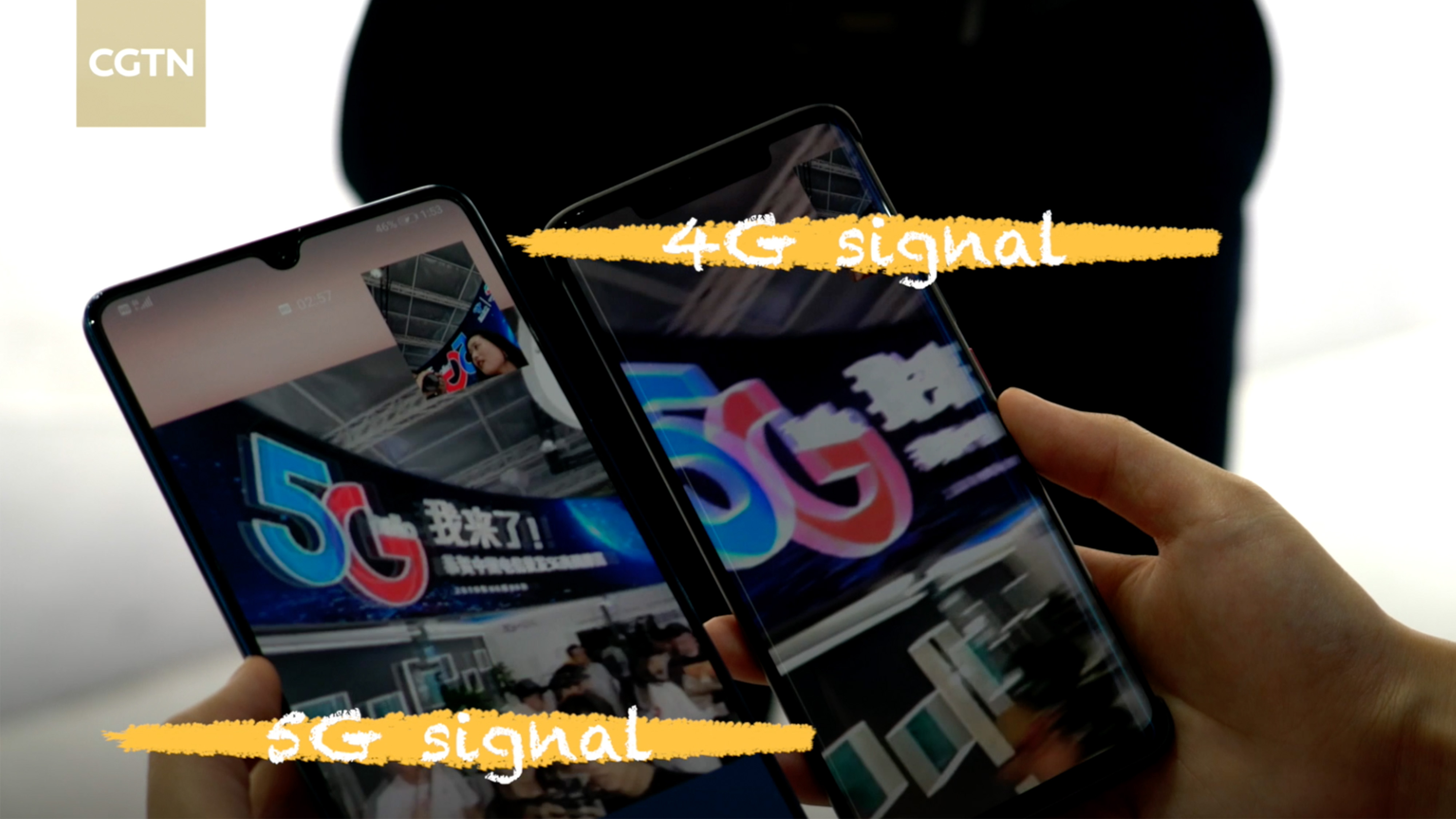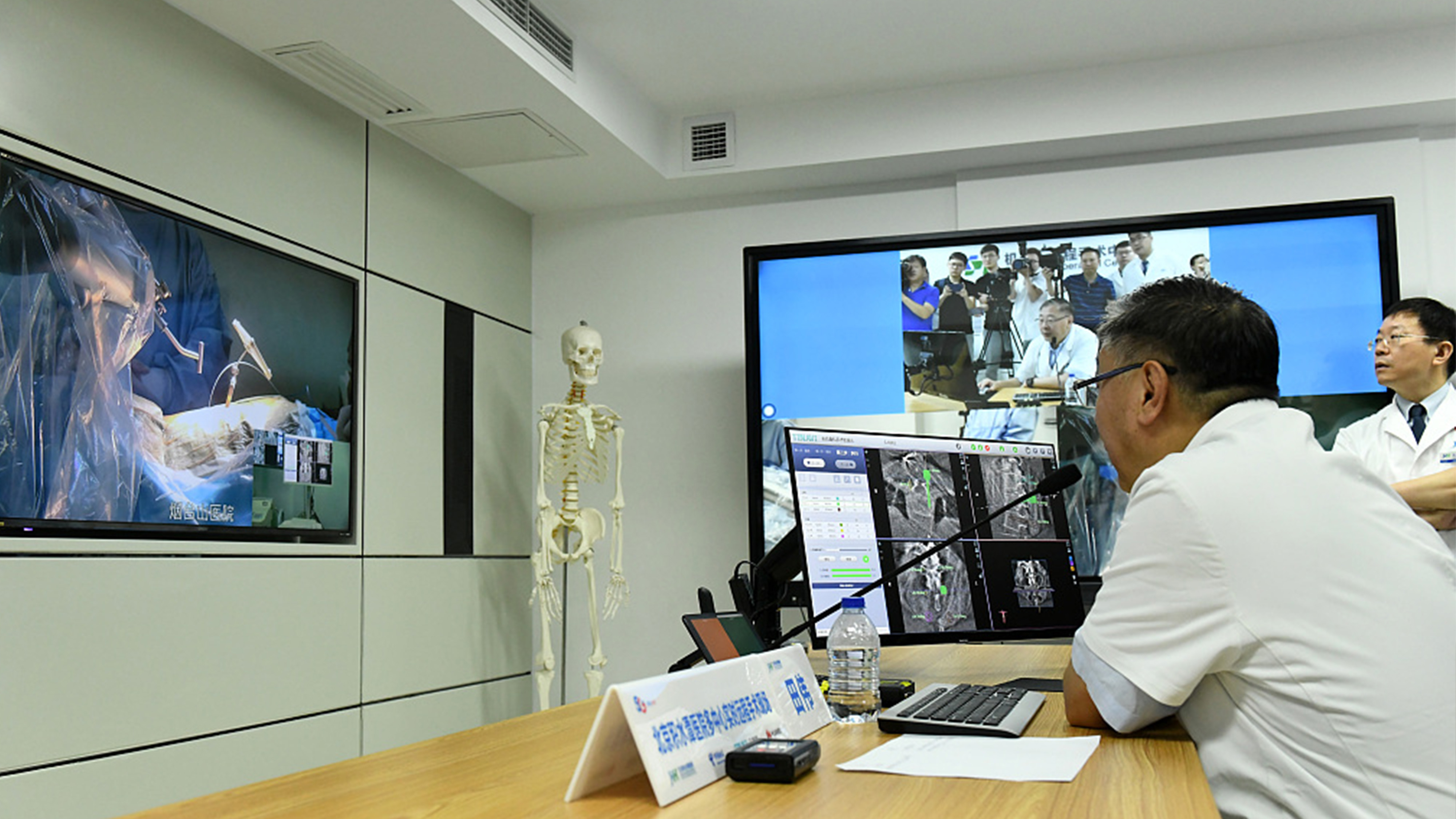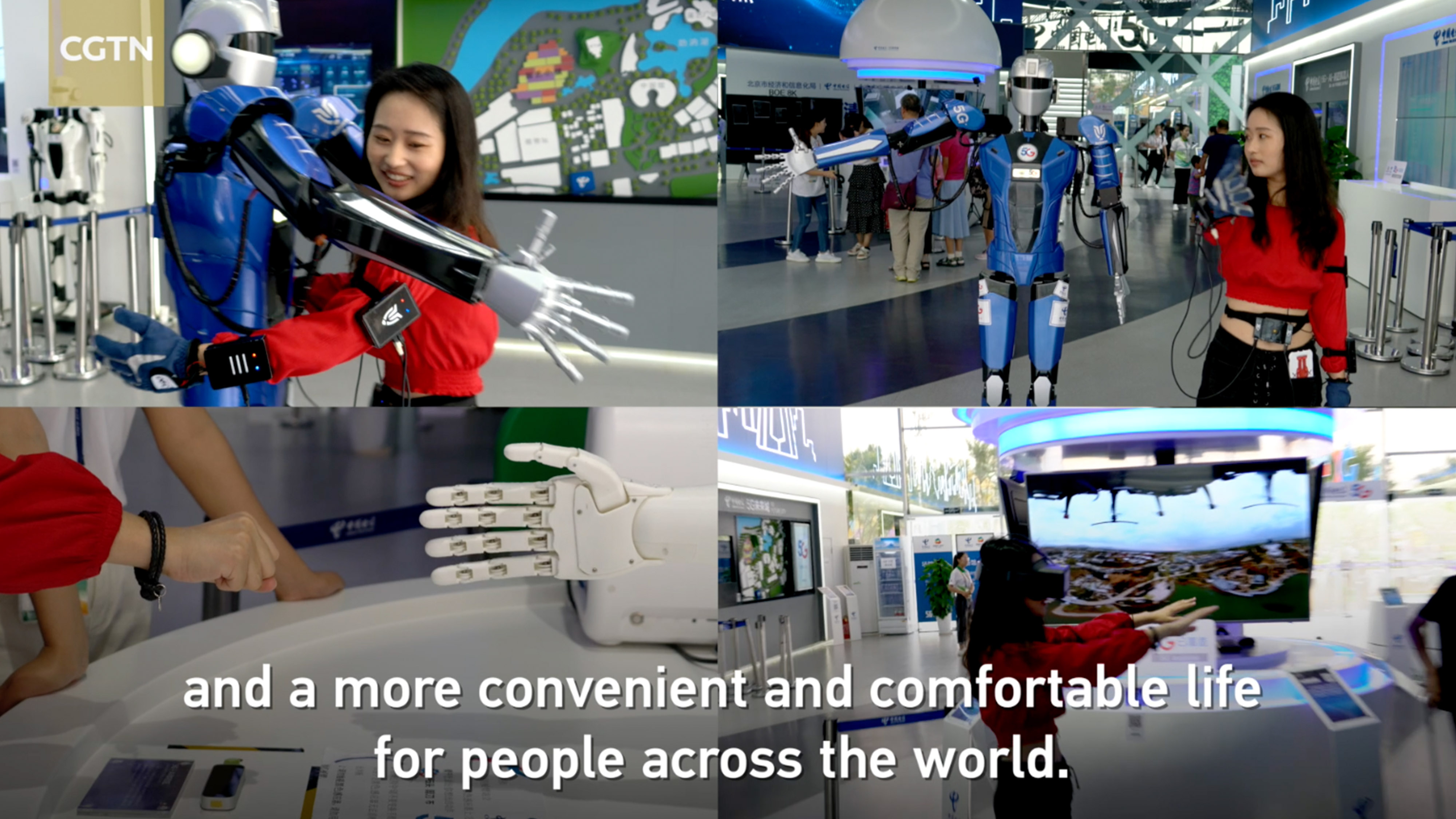

It is said that 2019 is the year 5G first became commercial in China. However, the speed of 4G is already rapid, what's so special about 5G? To get answers we spent a whole day experiencing 5G applications at the Beijing Expo 2019, a world horticultural exhibition kicked off on April 27, and will run through to October 7, 2019.
The whole Expo park has been covered with 5G, provided by three major telecommunication companies in China. The Expo is using an end-to-end 5G network, combining of garden art and 5G mobile edge computing(MEC) teleology that provides visitors with a 5G signal that's capable of unique experiences such as a 360-degree panoramic UHD video, VR live real-time video, 5G City of the future, and 5G cloud gaming.
Speed testing
So far, 2019 Beijing Expo's 11 exhibition halls with a total area of over 200,000 square meters have been covered with 5G signal. Compared with 4G, 5G can reach both high speeds and low latency, significantly enhancing efficiency.
Visitors can connect to 5G-based Wi-Fi hotpots via their cell phones or mobile phones that have the function of connecting 5G signal, and experience the speed of the 5G network. The average download speed is 700Mbps (million bits per second), and the average upload speed is 80 Mbps. Technically, the maximum download speed for 5G is 10 of times that of 4G. It takes only dozens of seconds to download a full-length HD movie that's one gigabyte.

When making video calls, the video quality is much higher and has no latency compared with 4G. / CGTN Photo
Under 5G signal, downloading daily apps happens so fast, there's no progress bar. When watching high definition videos online, you can fast forward or rewind the video without lags or freezes. When making video calls, the video quality is much higher and has no latency compared with 4G.
Speed is the primary attractive point for 5G signal.
AI robot
Visitors can experience other 5G applications at the China Telecom 5G Pavilion, which integrates the latest technologies such as VR (Virtual Reality), MR (Mixed Reality), UAV (Unmanned Aerial Vehicle) and AI Robotics with 5G.
At the entrance of China Telecom 5G Pavilion, there is an AI robot that can synchronously simulate any movement by whoever wears a costume equipped with sensors, almost without any delay. Attributed to its ultra-low latency, 5G makes remote operations possible, which is particularly suited for some highly dangerous operation scenarios.
"With the combination of high-definition images and 5G's low latency, the robot can be operated remotely and with high accuracy," said Zhang Haoyu, VIP tour guide at the 5G Pavilion from China Telecom. According to Zhang, on June 27, 2019, China Telecom, together with Beijing Jishuitan Hospital, Yantaishan Hospital in Shandong Province, and Jiaxing No.2 Hospital in Zhejiang Province, performed the first remote operation by robot arms by using a 5G signal.

With the help of computer program, real-time video and 5G signal, Doctor Tian Wei in Beijing managed the remote surgery in two different hospitals. / VCG Photo
By operating with the computer program, doctor Tian Wei in Beijing remotely used the robot arms in two separate hospitals, and inserted 12 steel nails into two patients. "We couldn’t imagine this kind of operation without a 5G signal. Because, if there is any latency, even of just three or five seconds in the operation, the consequences would be too ghastly to contemplate," said Zhang to CGTN.
5G Expo tour
With the help of a pair of 4K or 8K VR glasses, visitors can get a real-time tour above the Expo site. Videos taken by UAVs and remote cameras are sent back in real time via the 5G network within the park.
"And you may notice that the latency is low, meaning visitors can enjoy the view with less dizzy feelings (compared with the 4G signal)," said Zhang, and she also looked into future that with the development of 5G, this can be applied to many things, for instance, VR holidays and VR concerts, which can improve the entertainment we enjoy in our daily lives.

Back to 2013, when 4G first became commercial in China, people thought that 4G was expensive and of no use. However, six years later, 4G and its applications have changed our lives in many ways: Mobile payments, short videos and livestreams called "we media," not to mention the emergence of online businesses, food delivery, and car hailing applications.
After spent a whole day experiencing 5G applications at the Beijing Expo, we figured out that 5G and its applications will change the way we interact with the world.
On-Camera Reporter: Zang Shijie
Scriptwriter: Zang Shijie
Filmed by Xu Haoming
Video Editor: Zang Shijie
Designer: Qu Bo
Copy Editor: Josh McNally
Chief Editor: Xu Jian, Lin Dongwei
Producer: Wen Yaru
Supervisor: Pang Xinhua

Copyright © 2018 CGTN. Beijing ICP prepared NO.16065310-3
Copyright © 2018 CGTN. Beijing ICP prepared NO.16065310-3